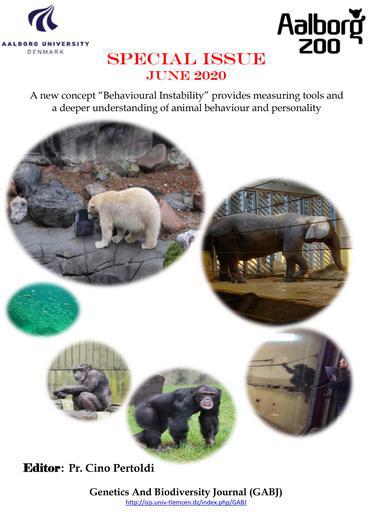Use of Ethograms to analyse Shoaling Behaviour of Mackerel (Scomber scombrus) in an Aquarium
DOI:
https://doi.org/10.46325/gabj.v4i2.102Keywords:
aquarium, ethogram, shoal behaviour, mackerel, Scomber scombrusAbstract
The aim of this study was to design an ethogram to investigate mackerel (Scomber scomburs) shoaling behaviour in an aquarium. We divided shoaling behaviour into four categories: area of the tank where the shoal was present (position); the morphological shape of the shoal (formation); shoaling movements (movement) and the average distance between the individuals in the shoal (density). The shoal was observed in a non-feeding trial and a feeding trial where the shoal was fed with food pellets additional to the normal feeding schedule. The study was conducted in an aquarium with 4.5 million liters of water at the North Sea Oceanarium, Hirtshals, Denmark. Our results indicate that different patterns in the shoaling behaviour could be identified using an ethogram. The plate, which is a closed epileptically shape, was the most observed formation, while the forward unit, which is the average forward motion of the shoal moving horizontally, was the most observed movement. Light intensity, pH, oxygen level, and temperature showed no variation between the trials and thus does not explain any behavioural differences. The shoal showed no clear long-term reaction to feeding, though the shoal showed a preference for the top area when fed more regularly. Further investigations in shoal behaviour could determine whether these categories in behaviour could monitor stress level in confined shoals.
Downloads
Published
How to Cite
Issue
Section
License

This work is licensed under a Creative Commons Attribution-NonCommercial 4.0 International License.




